April 2024
April 30, 2024
Baseball blown foul
May 1981: an infamous moment in baseball history — when Lenny Randle made a ball foul by blowing on it.Randle later swore he simply yelled at the ball, but in the video it sure looks like he's blowing on it. However, I have a hard time believing he was able to blow on it hard enough to alter its course. I suspect it would have ended up foul without his assistance.

Spokesman Review - May 29, 1981
Posted By: Alex - Tue Apr 30, 2024 -
Comments (0)
Category: Sports, 1980s
Follies of the Madmen #594
Squished passenger and allusion to an insect's posterior: winning strategy?
Posted By: Paul - Tue Apr 30, 2024 -
Comments (1)
Category: Insects and Spiders, Mental and Physical Unease and Discomfort, Advertising, 1960s, Cars
April 29, 2024
Anti-Wrinkle Straws
As described by the NY Times:Traditional straws force sippers to purse their lips around the opening in an expression that many believe, over time, creates wrinkles around your lips, called perioral lines.
Enter the anti-wrinkle straw, shaped like the number 7, with a small hole at the top horizontal portion that allows users to drink without pursing their lips.
I never drink through straws, nor do I worry about lip wrinkles. So not a product for me. But enough people do use straws, and do worry about lip wrinkles, to have created a demand for this product.
The "Lipzi" is the best-selling anti-wrinkle straw on the market.

via Book of Joe
Posted By: Alex - Mon Apr 29, 2024 -
Comments (1)
Category: Inventions, Skin and Skin Conditions
Space Songs
Here's a sample track from the album depicted below. The rest of the tracks are on YouTube.And a bonus! The first side of ENERGY & MOTION SONGS.
Tom Glazer at Wikipedia.

Posted By: Paul - Mon Apr 29, 2024 -
Comments (0)
Category: Education, Music, Science, Vinyl Albums and Other Media Recordings, 1950s
April 28, 2024
The Computer’s First Code Poem
Scottish poet Edwin Morgan included "The Computer's First Code Poem" in his 1973 collection From Glasgow to Saturn.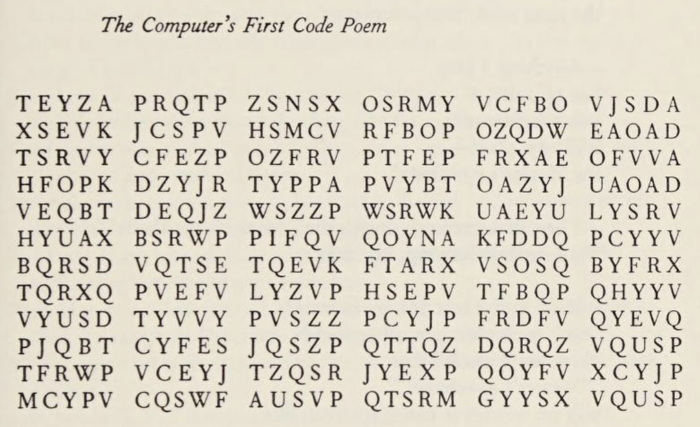
Despite what the title may imply, Morgan didn't actually program a computer to produce the poem. (Nor did he have the Loch Ness Monster pen "The Loch Ness Monster's Song" in the same collection.) However, the poem really is in code, as he later explained:
I didn't bother to try to crack the code. Instead, I found someone online (Nick Pelling) who had done it. Apparently it's a simple letter-substitution code, which produces:
dirty whist fight numbs black rebec
pinto hurls bdunt spurs under butte
fubsy clown posse stomp below xebec
tramp crawl kills kinky xerox joint
foxed minks squal above yucca shoot
manic tapir party upend tibia mound
panda strut jolts first pumas afoot
toxic potto still shows uncut aorta
swamp houri wails appal canal taxis
punks throw plain words about dhows
ghost haiku exits aping zooid taxis
That's not much more intelligible than the original poem. Pelling speculates that we can't rule out the possibility of a second hidden message within the first message.
Posted By: Alex - Sun Apr 28, 2024 -
Comments (1)
Category: Codes, Cryptography, Puzzles, Riddles, Rebuses and Other Language Alterations, Computers, Poetry
Hampstead Beatnik Party
This clip (only static for a soundtrack) from British Pathe is labeled "Beatnik Party (1960) Hampstead." But is it the same party described in the article?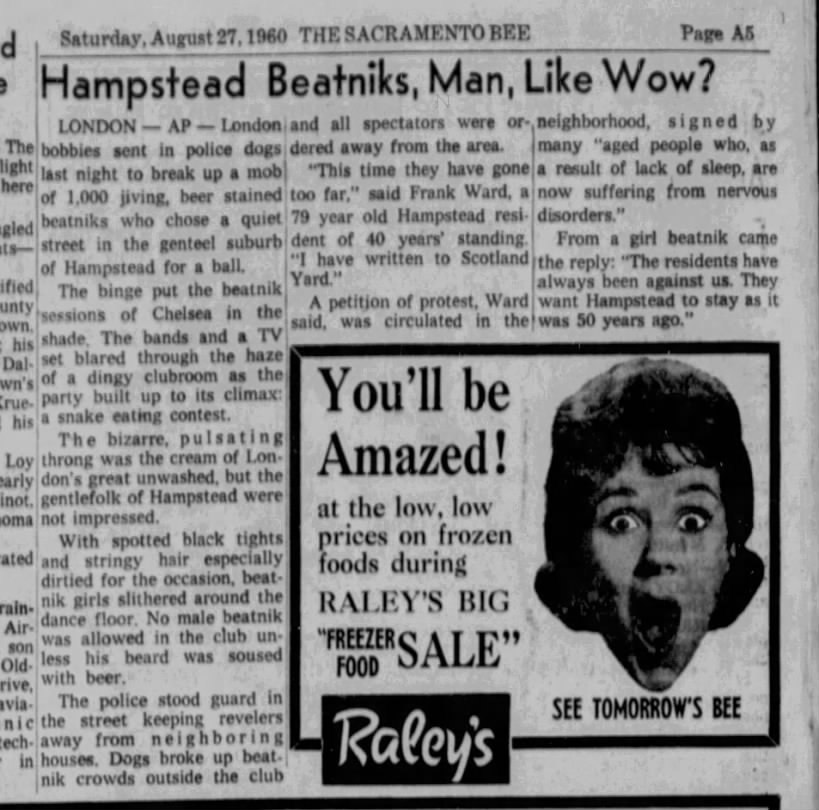
Posted By: Paul - Sun Apr 28, 2024 -
Comments (0)
Category: Dinners, Banquets, Parties, Tributes, Roasts and Other Celebrations, Police and Other Law Enforcement, Bohemians, Beatniks, Hippies and Slackers, 1960s, United Kingdom
April 27, 2024
And the answer is…
The Internet Archive offers a collection of "answer songs" from the 50s and 60s. I embedded a player below, but going to the Archive itself allows you to select which songs to play.We've previously posted about "answer songs," but here's the definition again (via wikipedia): "a song (usually a recorded track) made in answer to a previous song, normally by another artist."
It's a genre that, as far as I know, has now entirely disappeared.
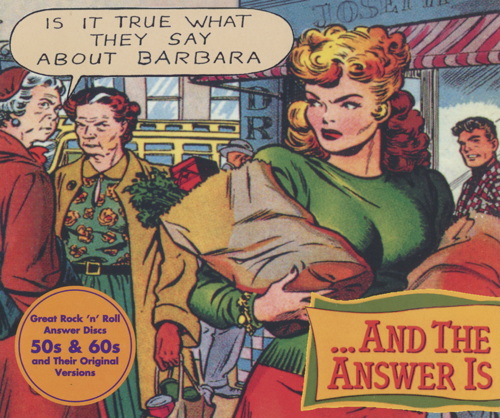
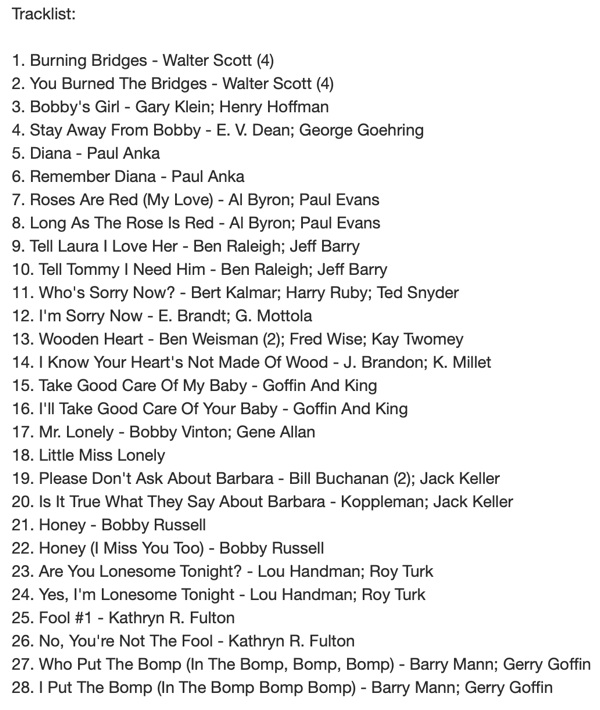
Posted By: Alex - Sat Apr 27, 2024 -
Comments (6)
Category: Music
Wild Life
Badminton on the prairie.Wild Life, Amanda Forbis & Wendy Tilby, provided by the National Film Board of Canada
Posted By: Paul - Sat Apr 27, 2024 -
Comments (1)
Category: Agriculture, Death, Regionalism, Stupidity, Cartoons, Twenty-first Century
April 26, 2024
Artists and their Sears appliances
In 1969, Sears ran a series of magazine ads to advertise its Kenmore line of appliances. The ads below all appeared in Better Homes and Gardens.The ads featured well-known artists (musicians, novelists, actors, etc.) who owned Kenmore appliances. I guess Sears was hoping to make itself seem like a more high-end brand by suggesting that people with good taste owned their products.
It's interesting to see the homes, and appliances, of these artists. For instance, Dave Brubeck apparently kept his washer and dryer in his living room.
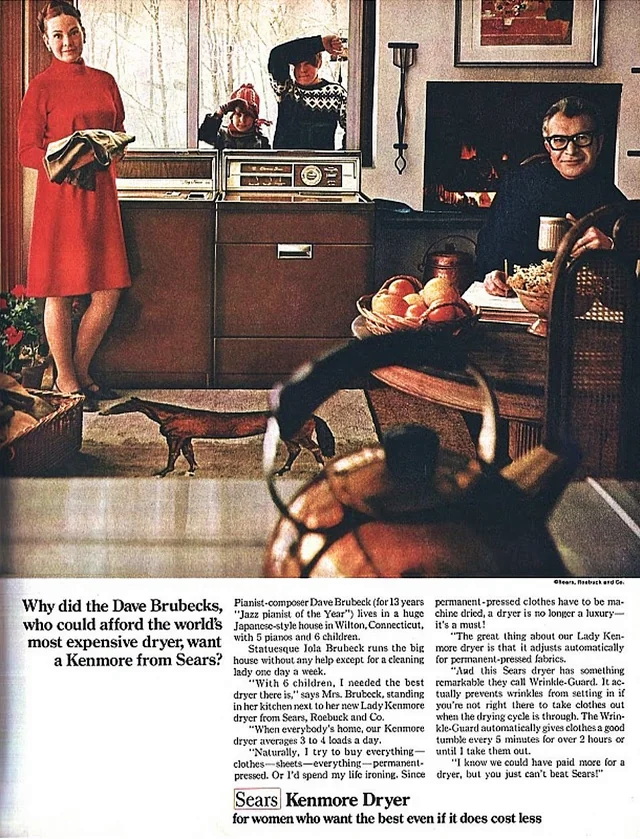
A week ago I had never heard of Pauline Trigere. Now she's appeared in two posts within the past few days. She should have had a loaf of bread wrapped in waxed paper in the background.
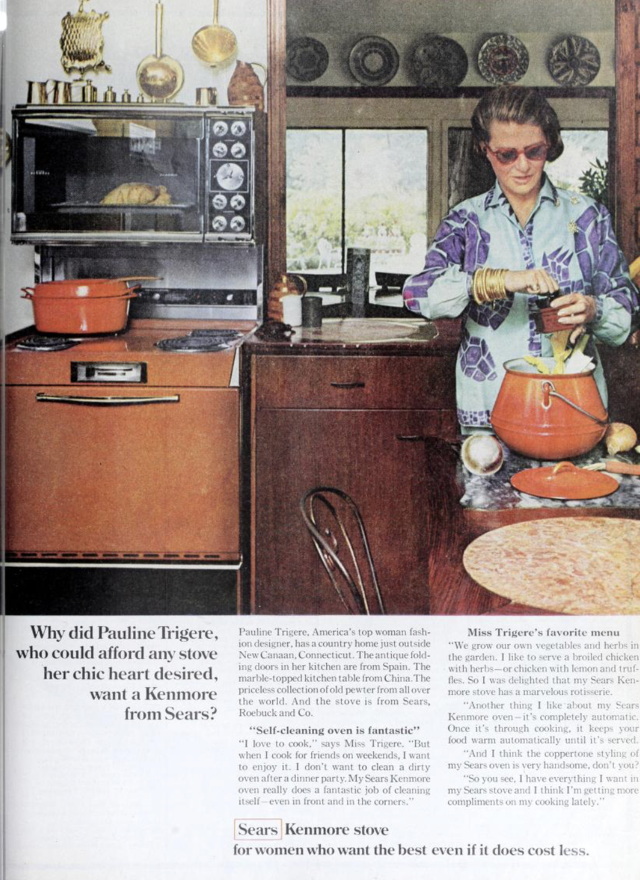
I wondered if one of the kids was Natalie Cole, but I think they're her younger twin sisters Timolin and Casey.
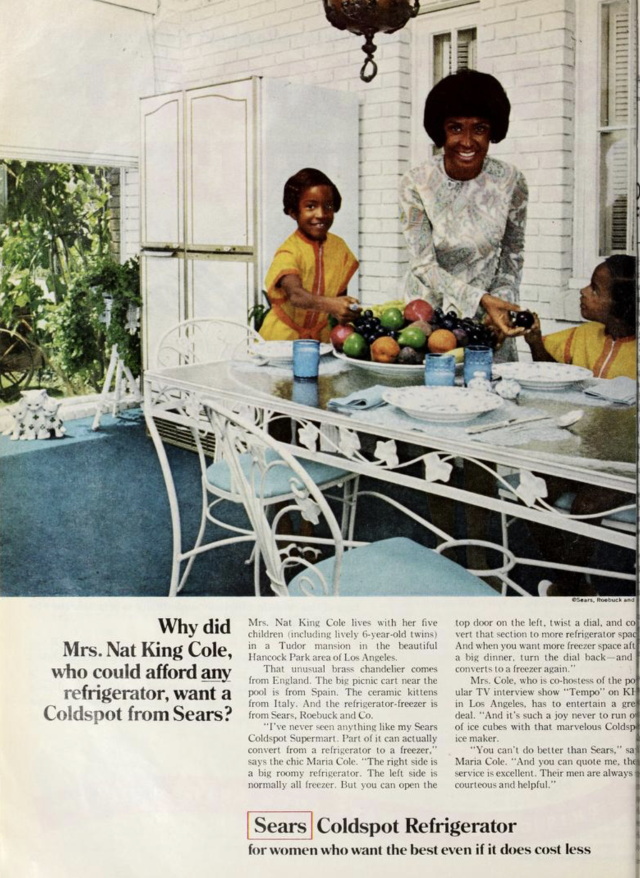
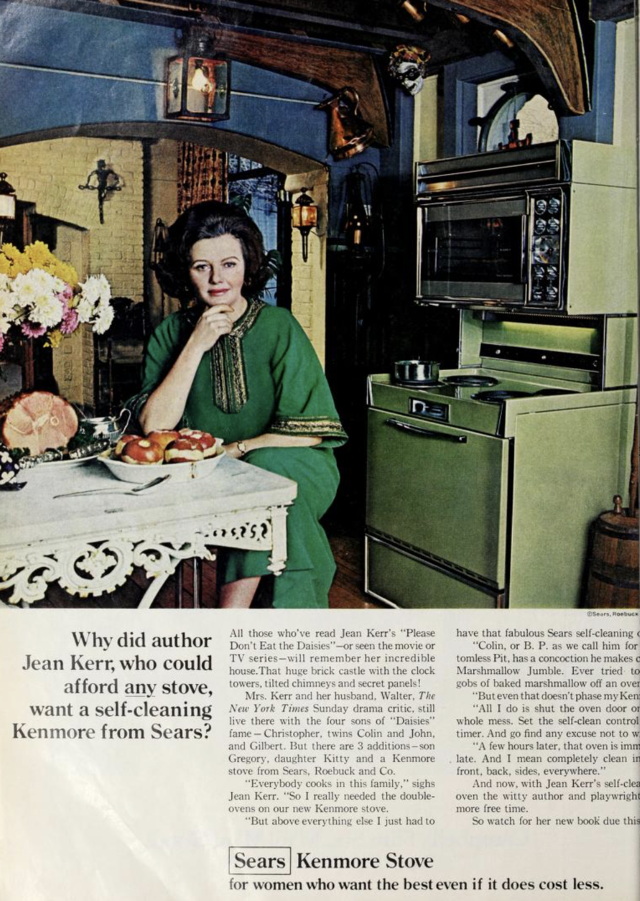
That's definitely not George Clooney (Rosemary's nephew). I'm pretty sure it's her son Miguel Ferrer.
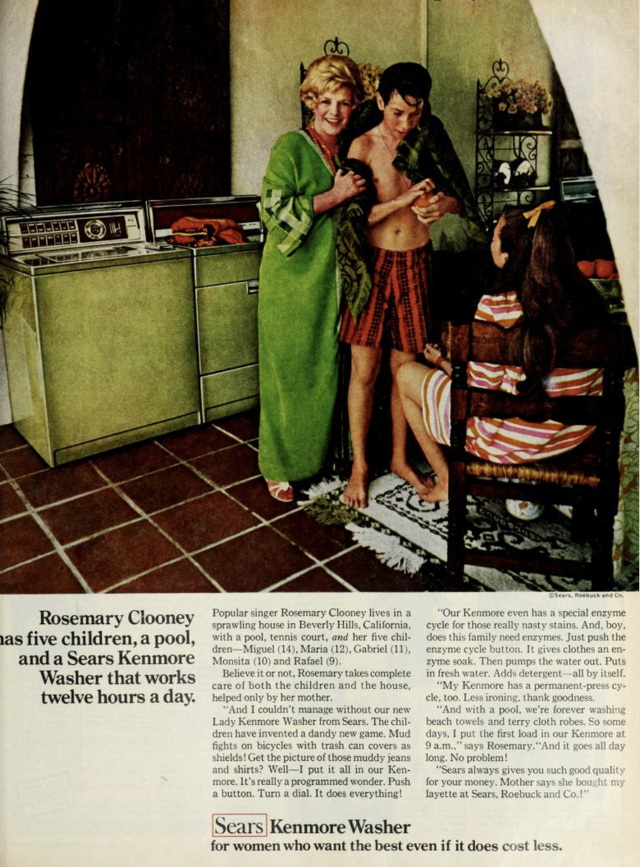
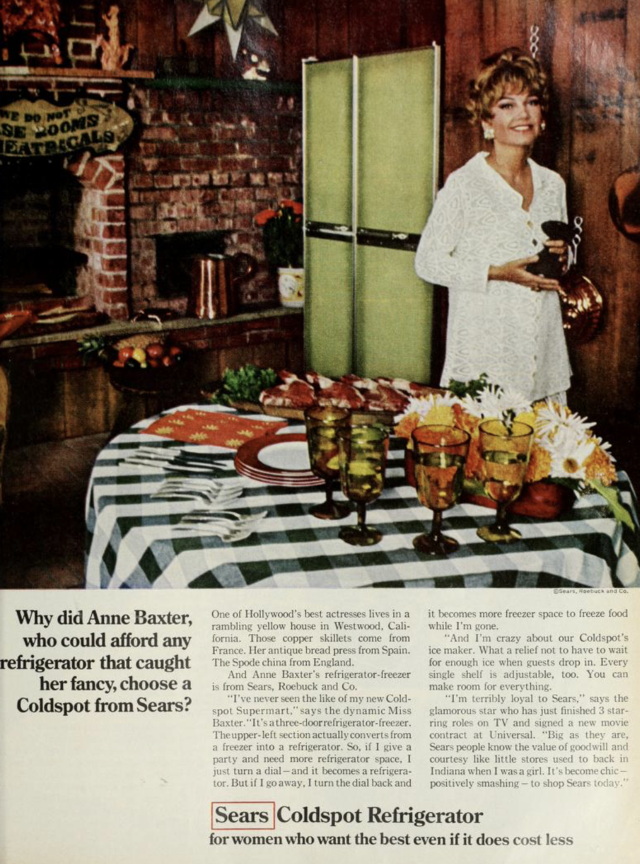
Posted By: Alex - Fri Apr 26, 2024 -
Comments (0)
Category: Celebrities, Advertising, Appliances, 1960s
My Boomerang Won’t Come Back

Posted By: Paul - Fri Apr 26, 2024 -
Comments (0)
Category: Racism, Stereotypes and Cliches, 1960s, Australia, Weapons
| Get WU Posts by Email | |
|---|---|

| Who We Are |
|---|
| Alex Boese Alex is the creator and curator of the Museum of Hoaxes. He's also the author of various weird, non-fiction books such as Elephants on Acid. Paul Di Filippo Paul has been paid to put weird ideas into fictional form for over thirty years, in his career as a noted science fiction writer. He has recently begun blogging on many curious topics with three fellow writers at The Inferior 4+1. Chuck Shepherd Chuck is the purveyor of News of the Weird, the syndicated column which for decades has set the gold-standard for reporting on oddities and the bizarre. Our banner was drawn by the legendary underground cartoonist Rick Altergott. Contact Us |

